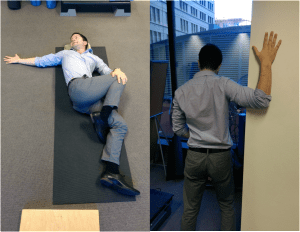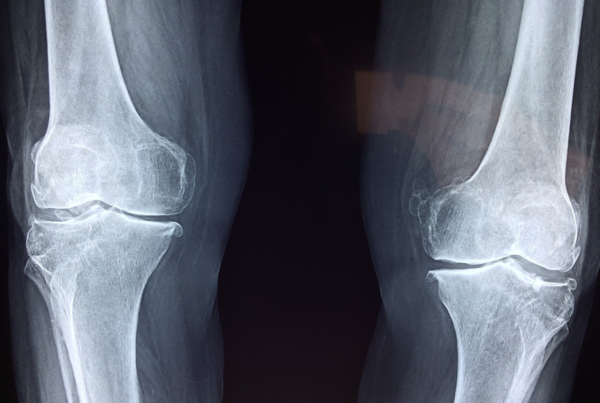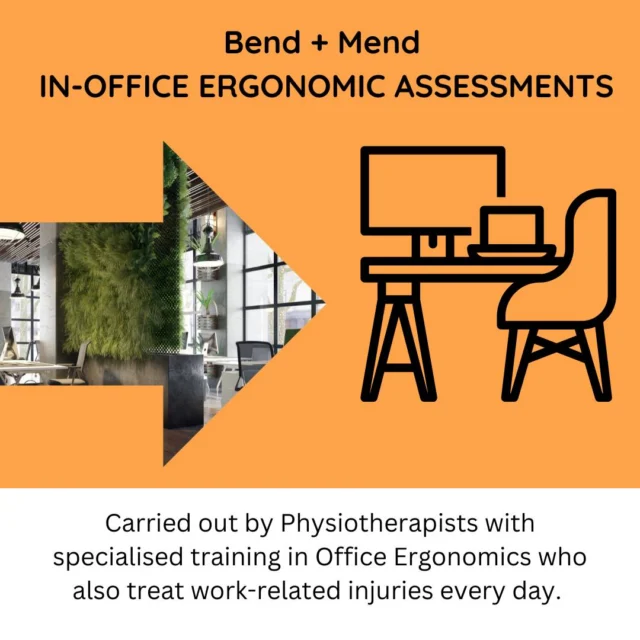Poor posture can cause considerable strain throughout the body and increase the likelihood of injuries. In our city clinic, we see many injuries which have been attributable to poor postures throughout the day.
Before starting it is important to ensure your work-station (or computer desk at home) is set up correctly. It would be inefficient to commence postural exercises, only to have you return to your computer desk slouched over!
Our Physio’s can come and assess your work-station at your office and make sure it is not doing you any damage.
It is also important to avoid sitting longer than 45 minutes at a time. By moving regularly throughout the day, it gives our postural muscles around a break and reduces fatigue. So whether it be making coffee or getting a glass of a water, any type of movement is beneficial.
As a general rule – you want to stretch the tight muscles and strengthen the weak muscles.
Below are some general stretches and strengthening exercises that will help to improve your posture:
1) Thoracic rotation stretch
The middle back also become noticeably stiff with sustained sitting. These rotations help reduce the strain and are crucial in maintaining a good posture. Hold 15 secs x 3 reps
2) Pectoralis (pec) stretch
The pecs frequently become tight with prolonged sitting and computer use. It is imperative to stretch these to reduce the pull on the shoulder and neck. Hold 15secs x 3 reps
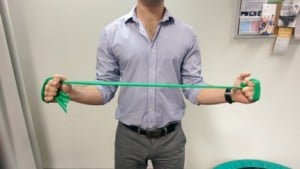 3) Lower trapezius (traps) strengthening
3) Lower trapezius (traps) strengthening
Very frequently the upper traps become over-active. This often leads to weaker, inhibited middle and lower traps, which help support the shoulder blade in a good position. Using a resistance band and keeping elbows by your sides, gently pull the band with both arms and maintain a good posture. Perform 20 x 3 reps twice a day.
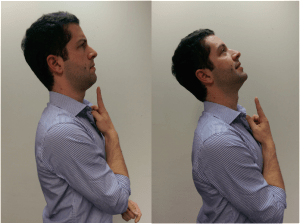 4) Deep neck flexor retraining
4) Deep neck flexor retraining
The poked neck posture often leads to an overuse of the superficial neck muscles when moving the neck. To ensure you are using the deeper ‘core’ neck muscles try this exercise below. Starting in a good posture, place your finger on your chin as a marker. Next, slowly tilt the head up while avoiding ‘poking’ your neck up. Slowly lower the head back to starting point, with your chin resting slightly behind your finger. Perform 15 X 3 reps twice a day.
Remember – prevention is better than cure. Doing these exercises will help reduce strain in the future!
Come and visit the team at Bend + Mend Physiotherapy in Sydney’s CBD to get your posture assessed and specific exercises prescribed.
